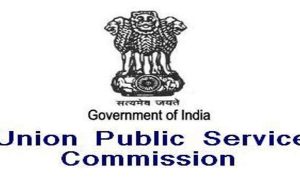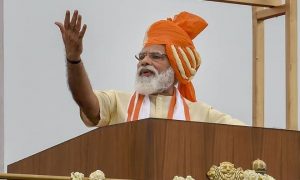Pension plans are formulated in such a way that they provide financial stability and security post-retirement. This helps ensure that older people live happily without compromising their living standards.
Ajit Kumar, CSO, KFintech, says, “Pension schemes allow people to invest and accumulate their savings. So, they will be granted a lump sum amount after a certain period. This will work as a regular income through an annuity plan after retiring.”
Read More: Check latest directive from SEBI for sub-KYC user agency for Aadhaar authentication – Details
As India’s sanitation and health conditions have significantly improved, industry experts say the life span expectancy has also increased. This results in an increased number of years post-retirement. But with rising inflation and life expectancy, the cost of living is also deliberately increasing. Thus, it is essential to make a retirement plan to guarantee financial stability.
Having said that, NPS is regarded as post-retirement social security – Here is why.
What is Social Security?
The social security system comprises various schemes and programs with numerous laws and regulations. However, Kumar points out, “the social security system of India is controlled by the central Government. And it applies only to a small portion of the population.”
The social security system is not only about insurance payment of premiums but other lump-sum employer obligations. The social security system schemes of India cover the following social insurances:
Read More: Aadhar Card Update: How To Use UIDAI’s Newly Launched FaceRD Authentication App
- Health Insurance and Medical Benefits
- Maternity Benefit
- Pension
- Disability
- Gratuity
Who is it for?
NPS grants enormous benefits to all employees, employers and self-employed individuals. But only if they deem fit, they are eligible to subscribe independently to NPS.
Kumar points out, “There might be cases where employers also offer NPS or PF to their employees. To keep your NPS active and functional, you must contribute at least Rs. 1000 per year. But it is always better to make more remarkable contributions to enjoy reasonable post-retirement pension scheme tax benefits.” Besides, you can also acquire a lump sum of money from the NPS scheme after your retirement.
Situation before NPS
Presently, all Government employees are associated with NPS under 80C and are allotted a PRAN or Permanent Retirement Account Number. “Since this pension scheme is also applicable for private-sector employees, they are not lagging. So more or less, most of the employees of India are associated with NPS,” adds Kumar.
But before NPS came into existence, all government employees had to contribute 10% of their pay and Dearness Allowance. Besides, an additional 10% was contributed to the employees’ pension fund by the Government. The Pension Fund Managers invested these contributions according to the investment pattern.
How has NPS benefited?
NPS has proved to be a potent tool for creating a retirement corpus. Kumar explains, “NPS intends to encourage more and more people to start saving for their future. And in return, NPS will grant an assured pension for life after retirement. It also promises to take care of one’s extended family in their absence. So, investing in NPS will secure one’s post-retirement days and help save significant taxes.”





































